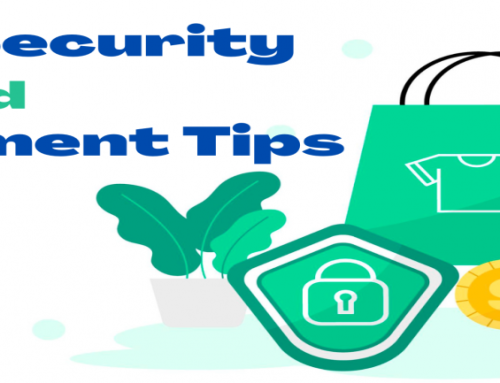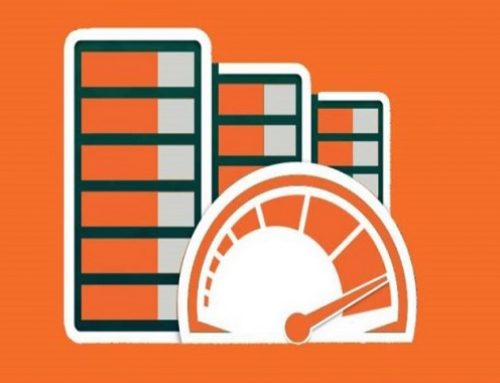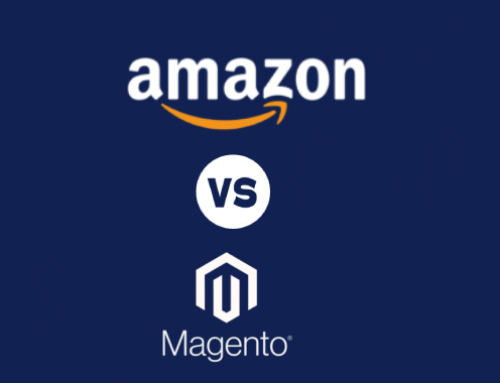2. How should I be pricing my products?
It’s no wonder that when you go in search of pricing advice you fall down a black hole, as pricing touches everything from your company finances to the market positioning of your product with considerations as if it’s timeless, tailor-made, or a short-lived trendy product. This is a vital strategic choice for your company that you need to make, and it can be just as much an art as it is a science.
But it is not a choice that you will only be able to make once.
If you are trying to find a price for your product, the way to set a starting price is relatively quick and straightforward. Remember, just because this is the price you’re using to launch it doesn’t mean it’s the price you’re going to use forever.
In order to set your first price, add up all the costs involved in selling your product, set your profit margin on top of those expenses and you have it there. You ‘re half right if it sounds too easy to be effective — but here’s how it works.
3. How this approach to pricing works?
Your most important price element is that it needs to sustain your business. If you’re pricing your products at a loss, or an unsustainable profit margin, you’ll find growing and scale challenging.
There are other important factors to account for in your pricing, such as how you are priced in relation to your competitors, and what your pricing strategy means for your business and the expectations of your customers. But you need to make sure you’ve found a sustainable base price before you can worry about anything like this.
4. How to get your product price right?
A sustainable price for your commodity is determined in three straightforward steps.
Add variable expenses (per product)
First of all, you need to understand all the costs of getting each product out of the door.
If you order your items, you will receive a direct reply as to how much each unit costs you, which is the cost of the goods sold.
If you’re making your products, you’ll have to dig a little deeper and look at a bundle of raw materials. How much does it cost, and how many products can you create out of it? That will provide you with a rough estimate of the cost of the goods sold per item.
You shouldn’t forget, though, that the time you spend on your company is also worthwhile. Set an hourly rate you want to earn from your business to prize your time, and then divide it by how many products you can make at that time. To set a fair price, ensure that the cost of your time is integrated as a variable cost of the product.
Here’s a sample list of costs that you might incur on any product.
| Price of goods sold | $4.75 |
| Time required for production | $3.50 |
| Cost of Packaging | $2.90 |
| Shipping costs | $5.00 |
| Commissions | $3.00 |
| Total Cost of Product | $19.15 |
Your overall per-product cost in this example is $19.15.
Include your profit margin
Once you have a total number per product sold for your variable costs, it’s time to build profit into your price.
Let’s say you want your products to earn a profit margin of 20 percent in addition to the variable costs. It’s important to note two things when choosing this percentage.
- Your fixed costs have not yet been included, so you’ll have costs to cover beyond just your variable costs.
- You need to consider the overall market and make sure that your price with this margin still falls within your market’s overall “acceptable” price. If you’re 2x the price of all your rivals, sales may become challenging depending on your category of goods.
Take your total variable costs and divide them by 1 minus your desired profit margin, expressed as a decimal, once you’re ready to calculate a price. For a profit margin of 20 percent, that’s 0.2, and you’d split the cost of a variable by 0.8.
Target Price = (Variable cost per product) / (1 – your desired profit margin as a decimal)
In this case, this will give you a $23.93 base price for your product which you can round up to $24.00.
.
Never forget the fixed costs
It’s important to note that it’s not just your variable costs.
Fixed costs are the expenses you ‘d pay no matter what, and remain the same if you ‘re selling 10 items or 1000. They are an important part of running your business and the aim is that they are also covered by sales of your product.
5. Check and iterate once you are live
Don’t let the fear of choosing the “wrong” price hold you back from starting your store. Prices will always evolve with your business, and as long as your price covers your expenses and provides some profit, you can test and adjust as you go. Run a price comparison to see how your strategies are going to stack.
Using this approach would give you a price that you can be comfortable in because the most important thing when it comes to pricing is that your pricing helps you create a profitable company. If you’ve got that, you can launch your store or new product and use reviews and customer data to change your pricing plan in the future.







